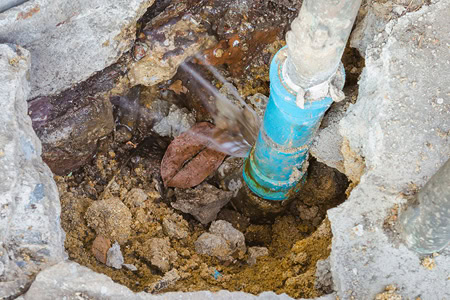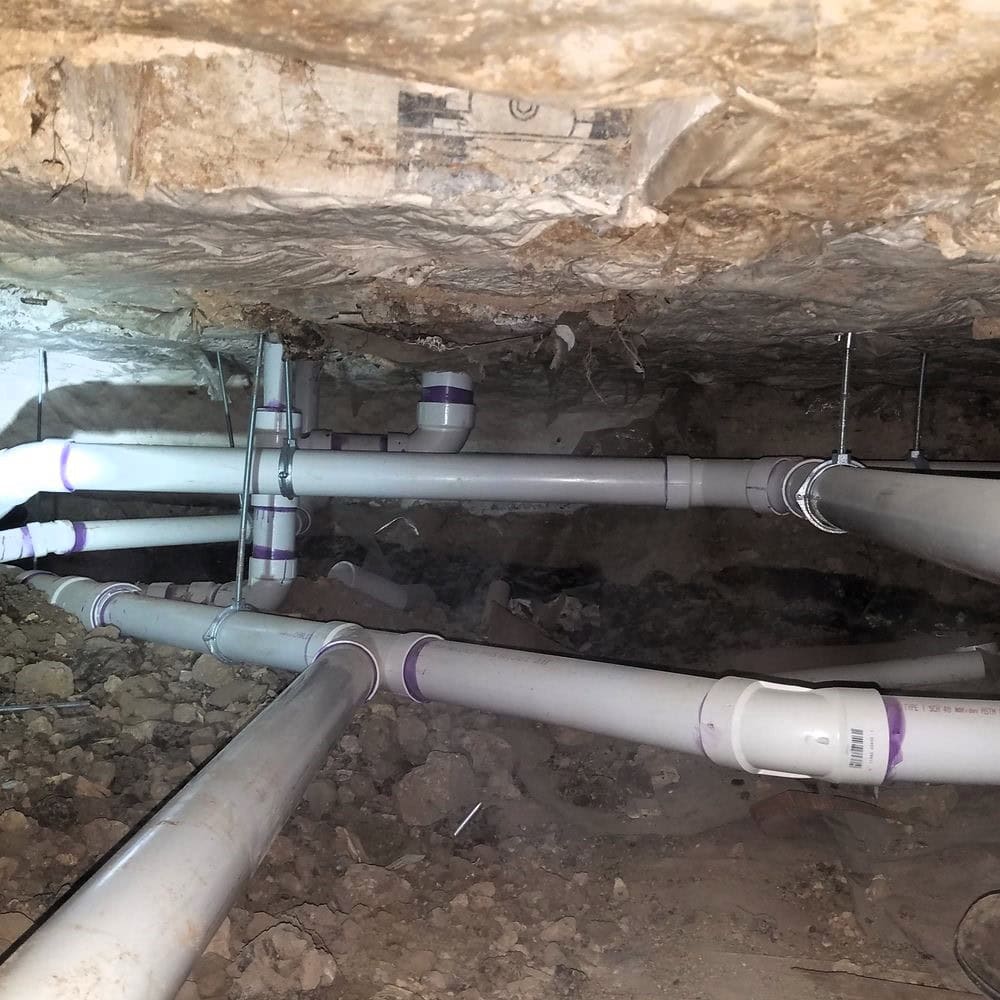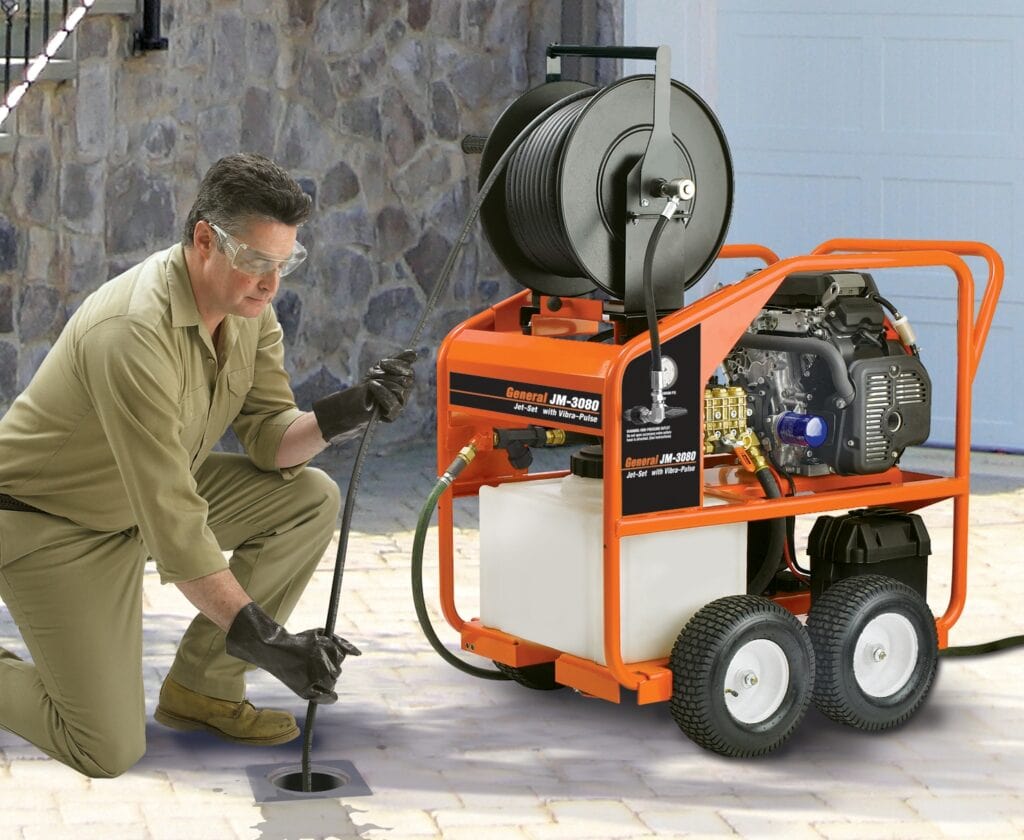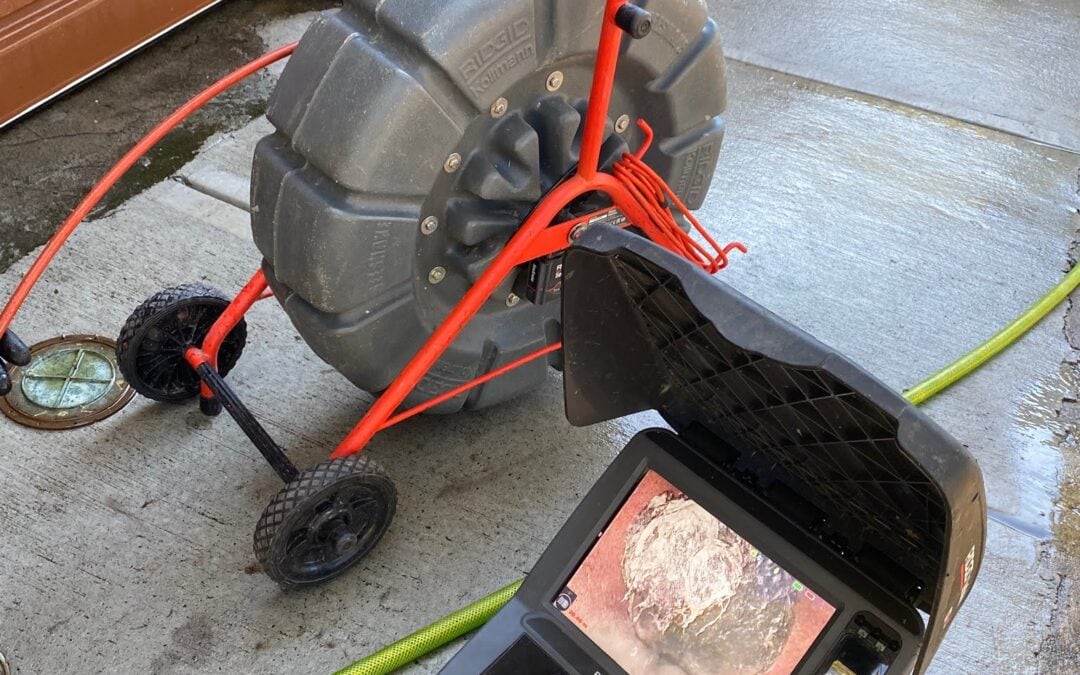Plumbing problems can sneak up on anyone. Leaks, blockages, and even pipe collapses can happen without any visible signs. That’s where video inspections come in, making it easier for plumbers to detect issues hidden deep within pipes. These inspections help identify common plumbing problems before they turn into disasters. The benefits of video inspections for plumbing are significant because they allow precise diagnostics without damaging walls or floors unnecessarily.
Plumbing video inspections uncover several issues, which we’ll explore. Understanding the common problems that video inspections reveal can help homeowners and businesses maintain their systems and avoid costly repairs.
Identifying Hidden Pipe Blockages
One of the primary benefits of video inspections is how easily they can locate hidden pipe blockages. Unlike traditional methods, where plumbers would need to guess where a clog might be, video technology offers a clear view of the inside of the pipes. For instance, a plumber working on a home experiencing repeated slow drains can use a small camera to find a blockage caused by grease buildup.
Video inspections are incredibly effective at:
- Identifying blockages caused by grease, hair, or other debris
- Locating clogs deep within the plumbing system
- Reducing the need for invasive procedures like digging or cutting into pipes
The U.S. Environmental Protection Agency (EPA) reports that clogged drains are one of the most common household plumbing problems. By using video inspections, plumbers can quickly find and clear blockages before they cause more damage.
Finding Leaks in Plumbing Systems
Leaks are one of the most frustrating issues homeowners face, especially when the source is hard to find. Video inspections can reveal leaks that might not show any symptoms on the surface. Whether it’s a small crack in a pipe or a joint that’s come loose, video inspections allow plumbers to see exactly where water is escaping.
For example, a family dealing with unexpectedly high water bills might not know where the water is leaking from. A video inspection can pinpoint the exact spot, whether it’s under the foundation or inside a wall. This technology helps save time and prevents unnecessary damage to the property.
Plumbing video inspections can:
- Detect leaks that are invisible to the naked eye
- Help prevent water damage to walls, floors, and foundations
- Reduce the time it takes to diagnose and fix a plumbing issue
The EPA estimates that household leaks can waste nearly 10,000 gallons of water annually, costing homeowners money on both their water bills and potential repairs.
Detecting Corrosion Inside Pipes
Over time, pipes naturally corrode, especially if the water supply is high in minerals. Corroded pipes can cause water discoloration, reduce water pressure, and eventually lead to leaks. Video inspections are the best way to see inside pipes and identify areas where corrosion is weakening the structure.
Imagine a homeowner noticing that their water has taken on a brownish tint. A plumber can insert a camera into the pipe system and see whether corrosion is to blame. Early detection of corrosion can prevent the need for a full pipe replacement down the line.
Video inspections can help:
- Identify early stages of pipe corrosion
- Prevent costly pipe replacements by addressing corrosion early
- Spot areas where corrosion may lead to leaks or water pressure issues
According to the American Water Works Association, pipe corrosion is a leading cause of pipe failures, especially in older plumbing systems. Catching it early can save thousands of dollars in repairs.

Uncovering Tree Root Intrusion in Pipes
Tree roots naturally seek out water, and if a home’s pipes are leaking even the smallest amount, those roots will find their way inside. Once they invade a pipe, roots can cause severe blockages and even crack the pipe, leading to costly repairs. Video inspections can quickly identify where tree roots have intruded into a sewer line or other pipes.
Consider a situation where a homeowner notices slow drainage throughout their home. A video inspection might reveal that tree roots have infiltrated the sewer line. The plumber can then address the issue without unnecessary excavation.
Video inspections help with:
- Quickly identifying tree root intrusion in pipes
- Locating exact points of entry for tree roots
- Allowing for targeted removal of roots without digging up large areas of the yard
Data from the National Association of Home Builders indicates that tree root intrusion is one of the most common causes of sewer line blockages.
Locating Pipe Collapses or Misalignment
Sometimes, pipes collapse or become misaligned due to shifting soil, improper installation, or the natural settling of a building over time. When this happens, water flow can be blocked, causing backups and other serious issues. Video inspections are the best way to determine whether a pipe has collapsed or shifted out of alignment.
If a business owner notices that their commercial property’s restrooms are frequently backing up, a video inspection might reveal that a pipe has collapsed under the building. This allows plumbers to fix the specific section of pipe without unnecessary digging or guesswork.
Plumbing video inspections can:
- Detect pipe collapses that are invisible from the surface
- Identify areas where pipes have become misaligned
- Pinpoint the exact location for repairs, reducing unnecessary work
According to the American Society of Civil Engineers, infrastructure failure, including pipes collapsing, is a significant concern across the U.S., especially in older properties.
Spotting Sediment Buildup in Plumbing
Over time, sediment from hard water can build up inside pipes, reducing water flow and increasing the risk of clogs. While this isn’t always immediately noticeable, it can become a serious problem. Video inspections make it possible to identify where sediment has accumulated, allowing plumbers to clean out pipes before the buildup causes damage.
A plumber performing maintenance in a household with hard water might use video inspection to spot areas where sediment is slowing water flow. By catching this early, they can prevent the need for pipe replacement.
Video inspections help with:
- Locating areas with significant sediment buildup
- Preventing blockages caused by mineral deposits
- Reducing the need for pipe replacements due to sediment damage
The U.S. Geological Survey (USGS) highlights the issues caused by hard water, including sediment buildup in plumbing, which can be minimized with regular maintenance.

Finding Minor Cracks or Fractures in Pipes
Minor cracks or fractures in pipes can eventually lead to major leaks or even flooding if left unchecked. Video inspections are excellent for spotting these small issues before they become bigger problems. A plumber can identify cracks early and recommend repairs to avoid a larger disaster later on.
For example, a homeowner might not notice any visible signs of a problem, but a small crack in a pipe under the yard could be causing a slow leak. A video inspection allows plumbers to spot these cracks and fix them before the pipe bursts.
Video inspections can:
- Identify small cracks or fractures in pipes
- Prevent small leaks from becoming large-scale water damage
- Help homeowners avoid emergency plumbing situations
The Insurance Institute for Business & Home Safety notes that water damage from plumbing failures can cost up to $5,000 in repairs. Early detection through video inspections is key to preventing these costly repairs.
Key Takeaways for Common Plumbing Issues Found With Video Inspections
- Video inspections help locate hidden blockages, leaks, and cracks.
- Tree roots, sediment buildup, and pipe collapses can all be uncovered with video technology.
- Early detection through video inspections prevents major plumbing failures and expensive repairs.
Frequently Asked Questions
- How do video inspections help find hidden plumbing problems?
Video inspections provide real-time visuals of the inside of pipes, allowing plumbers to identify hidden issues such as leaks, blockages, or cracks. - Can video inspections detect issues in older plumbing systems?
Yes, video inspections are highly effective in older plumbing systems, often revealing corrosion, tree root intrusion, and other problems common in aging pipes. - How often should video inspections be performed on plumbing systems?
Regular inspections are recommended every two years, especially in homes with older plumbing or frequent issues like slow drains or leaks. - Are video inspections helpful for both residential and commercial plumbing?
Absolutely. Video inspections are beneficial for both residential and commercial properties, as they provide precise diagnostics for plumbing issues of any size. - Can plumbers use video inspections to confirm the need for major repairs?
Yes, video inspections can confirm whether a plumbing issue requires a simple fix or if major repairs, like pipe replacement, are necessary. This saves both time and money for the property owner.


